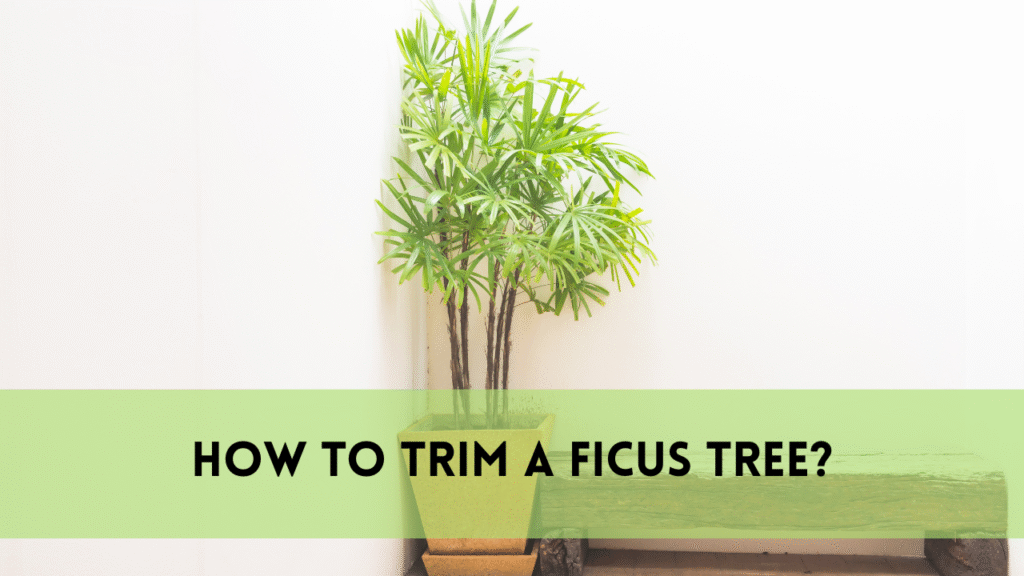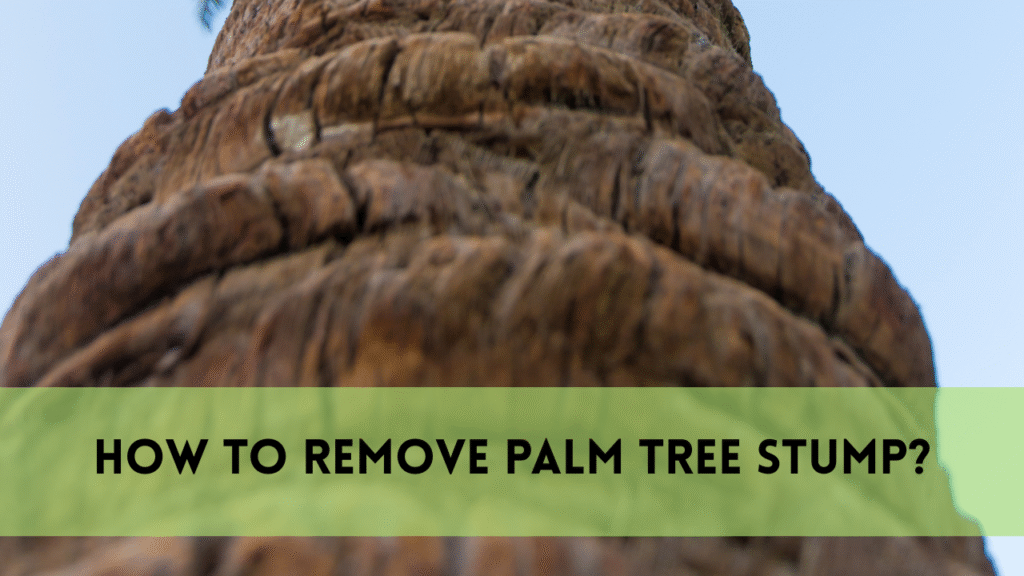Stump grinding is a common technique for getting rid of tree stumps on your property. It provides a quick and simple solution to get rid of these remains after tree removal. But have you ever pondered what happens to a stump’s roots when it is ground down? Let’s investigate the fascinating subterranean realm and unravel the secrets of those stubborn roots.
Knowing About Stump Grinding
Stump grinding is the process of using powerful machinery to cut the stump into tiny wood chips. By using this method, the tree’s seeming remnants are effectively brought down to the ground, creating a more aesthetically pleasing scene in the process. However, the tale of the tree’s origins is not over yet.
Decaying Roots After Stump Grinding: Nature’s Reuse
The roots are allowed to rot naturally once the stump has been crushed down. Tree roots are just another example of the organic materials that nature recycles and breaks down. The soil’s bacteria, fungus, and microorganisms are essential for decomposing the residual root system.
The Decomposition Timeline
Depending on variables including soil type, climate, and tree species, the rate of root decomposition might change. Smaller roots typically break down more rapidly, frequently in the first year following stump grinding. However, it may take several years for larger roots to entirely decompose.
Enriching Nutrients
As they break down, the roots release nutrients into the soil. This nutrient enrichment serves as a natural fertilizer for the surrounding plants, promoting robust plant development. It’s like giving something back to nature since the tree’s remnants maintain the ecosystem’s health.
For Improved Roots Soil Aeration
Furthermore, the decomposition of roots enhances soil aeration. The paths the roots produce in the soil as they break down allow for better absorption of air and water.
This improved soil structure benefits not only the area where the tree once stood, but also the overall health of your garden or landscape.
Potential Difficulties: Residual Roots and Sprouting
Even when the stump is effectively removed by stump grinding, the residual root system may still allow sprouts to emerge. Certain tree species are more likely to sprout, and it’s normal to see new branches coming up out of the ground.
Keeping an eye on these sprouts and getting rid of them quickly can help keep your landscape clear of stumps. It is possible for residual roots to persist below the surface even following stump grinding. It may take longer for these roots to completely break down.
In the event that you intend to replant in the same spot, you must be mindful of any leftover roots that may impede the development of your new plants.
Impact on the Environment Of Stump Grinding
Most people agree that stump grinding is an eco-friendly way to remove stumps. Stump grinding uses mechanical ways to remove stumps, reducing its impact on the environment compared to chemical procedures that employ potentially toxic compounds.
As the nutrients produced during decomposition nourish the soil, the organic balance is further enhanced by the natural decay of roots. This environmentally friendly method fits well with the increasing recognition of sustainable landscaping and land management techniques.
Do-It-Yourself Stump Grinding
You could be tempted to attempt stump grinding on your own if you enjoy do-it-yourself projects. Even if the typical homeowner might be able to handle tiny stumps, it’s important to understand the limitations of DIY stump grinding equipment.
Larger stumps or ones that are close to structures might need to be professionally removed to ensure safe and effective removal.
Expert Stump Grinding: Benefits and Things to Consider
There are benefits to using a professional stump grinding service. Experts can effectively manage stumps of different diameters since they have access to specialized equipment.
They also have the know-how to handle certain difficulties, such managing large root systems or guaranteeing the stump is completely removed.
Get quotations from reliable landscaping companies or arborists when thinking about hiring a professional stump grinder. Several factors, like the size of the stump, its accessibility, and the depth of its root system, might affect the price.
However, the effort and possible difficulties involved in doing stump removal yourself are frequently outweighed by the cost of hiring professionals.
FAQs
What is the fate of the roots following stump grinding?
The roots naturally decompose after stump grinding, helped along by bacteria, fungus, and microorganisms in the soil. The surrounding ecology benefits from the release of nutrients into the soil caused by this breakdown.
After stump grinding, how long does it take for the roots to break down?
Variations in soil conditions, climate, and tree species affect how quickly roots decompose. While bigger roots may take several years to entirely decay, smaller roots may do it in as little as a year.
After grinding a stump, may new growth emerge?
After stump grinding, certain tree species may really grow new shoots or sprouts from the residual root system. It takes diligent observation and timely eradication of these sprouts to keep the landscape clear of stumps.
After stump grinding, are there problems related to leftover roots?
Even after stump grinding, residual roots could still be present below the surface. It may take some time for these roots to completely decay, so if you’re intending to plant new plants, you should be mindful of any leftover roots that might impede the growth of those plants.
Is it advised to DIY grind stumps?
Stump removal experts are ideally suited to tackle larger or near structures stumps, however tiny stumps could be do-it-yourselfers. Because DIY stump grinding equipment has its limits, safe and efficient stump removal is ensured by employing professionals.
Conclusion
Ultimately, stump grinding is the beginning of the end for a once-tall tree because, once the visible remnants are ground into mulch, the roots begin a journey of natural decay, enriching the soil and promoting the health of the ecosystem.
Knowing what happens to roots after stump grinding helps homeowners make educated decisions about their landscaping choices, whether they choose to DIY or hire a professional.
The end goal is to create a landscape that is not only visually appealing but also harmonious with the intricate processes of nature. So, the next time you see a freshly ground stump, stop and appreciate the hidden world beneath the surface—a world where roots become nutrients and nature orchestrates its own cycle of renewal.





